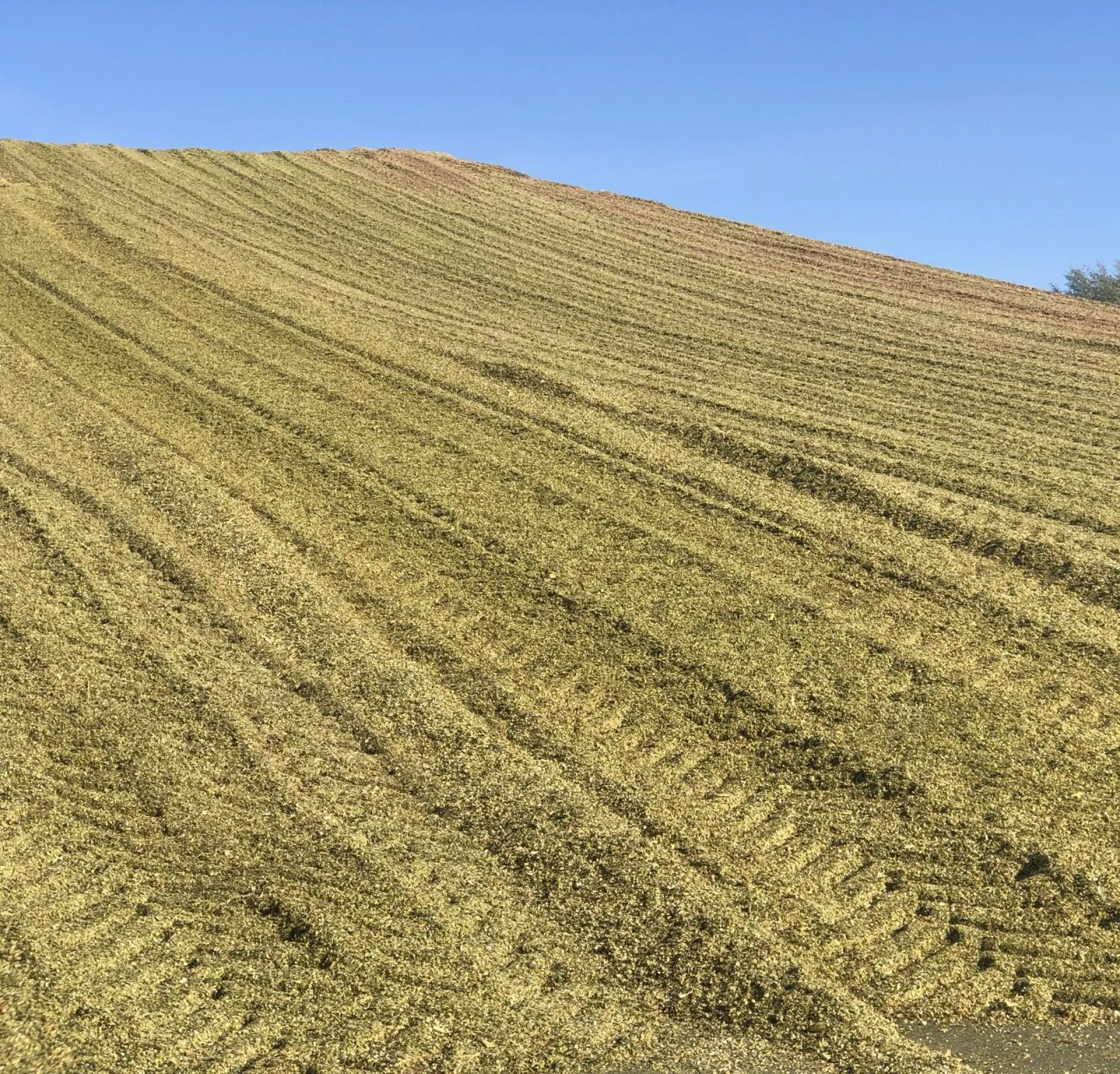Defining Corn Silage Quality
Quality forages drive production, but how do we define the quality of corn silage? There is no one answer to this question. In fact, there are several considerations to keep in mind when it comes to measuring the quality of corn silage. Read below to learn more about the factors we consider when measuring corn silage quality, including energy content.

Many factors
need to be taken into consideration when it comes to defining the quality of corn silage, making it a bit complex – but not impossible! When we’re reviewing the quality of the silage, we’re looking at several factors, including:
- Energy content,
- Rumen‐fill and intake,
- Protein and mineral content, and
- Ideal fermentation profile.

Energy content is one of the main parameters of corn silage quality. This parameter is determined by fiber amount, fiber digestibility, and starch digestibility. In a perfect world, we would use animals or the in vivo method to measure energy content. Unfortunately, this is a time‐consuming process and expensive, so it isn’t a feasible option for farmers. Instead, lab methods are used for determining energy content and include:
- Total digestible nutrients (TDN)
- The net energy system
- Acid detergent fiber (ADF)
- In vitro digestibility
Each of these methods gives a way to rank energy content but at the end of the day, energy content will vary based on the animal and its stage of production.
Rumen‐fill and intake are important parameters when evaluating corn silage quality. Intake can be limited in very high fiber rations resulting in rumen‐fill to be reached before nutrient needs are met. The measurement of NDF or neutral detergent fiber gives the total fiber amount found in the forage. NDF in corn silage can range anywhere from 35 to 50%. Low NDF and high NDF digestibility are desirable in high‐quality corn silage.
Corn silage is unfortunately a forage that is not high in crude protein levels. Normal levels of crude protein in corn silage range from 6 to 9% DM. Mineral content is another important parameter that should be measured and evaluated for corn silage quality and ration balancing.
The goal of growing corn silage or any forage is to plant and grow a quality product that will meet the animal’s nutritional needs. While the goal of ensiling is to harvest and capture the quality that was grown. Ensuring that an ideal fermentation takes place is an important part of quality corn silage. Not only will a good fermentation preserve the nutrients, but it will prevent problems with mycotoxins and ensure a hygienic feed is available.
To learn more about ensuring high‐quality corn silage on your farm, visit bonsilageusa.com or contact your BONSILAGE representative. #silageexperts
Contact a Silage Expert

